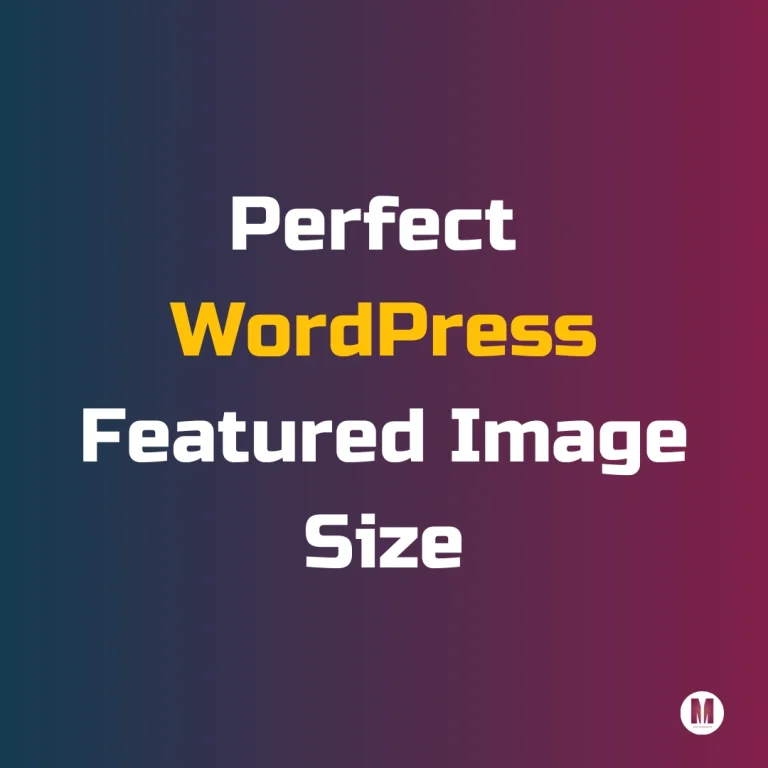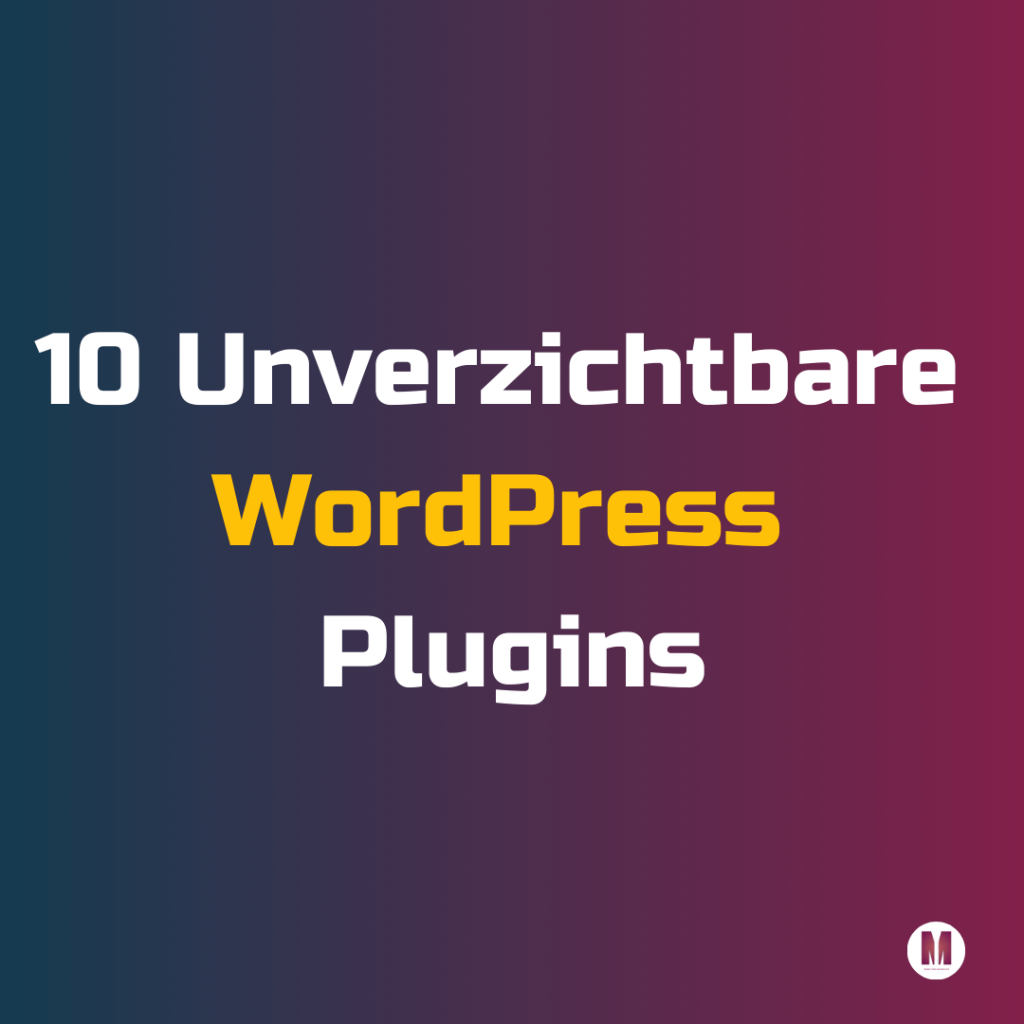
🖼️ Optimal Image Sizes for WordPress Featured Images – What You Should Know
Featured images aren’t just decorative—they’re the first visual impression visitors get of your content. A well-designed image grabs attention, sparks curiosity, and plays a big role in whether someone clicks on your post or scrolls past it.
But as with everything online, good intentions don’t always equal good results. If your images aren’t properly optimized, they can slow down your website—hurting both user experience and your rankings on Google.
📱 Why Image Size Matters
To ensure your featured images look sharp on all devices—desktop, tablet, or mobile—you need to pick the right dimensions:
Oversized images drag down loading times and may cause visitors to bounce.
Undersized images can appear blurry or stretched—making your site look less professional.
If you want your website to make a strong first impression, neither option is ideal.
⚙️ Image Optimization for Better Performance
Image size is just part of the equation. Compressing and formatting your images correctly also contributes to fast load times, smoother navigation, and stronger SEO signals.
In short: Optimized images bring multiple benefits—from quicker loading speeds to improved search engine visibility and a more memorable first impression.
🧩 Common Issues with Featured Images in WordPress
WordPress handles many tasks automatically, but featured images can still cause unexpected issues—often affecting how polished and professional your site appears. Here’s what to watch for and how to troubleshoot:
🚫 1. Featured Image Doesn’t Display
You uploaded an image—but it’s nowhere to be seen? The issue is usually theme-related. Some themes require specific settings for featured images to appear. Check:
Whether the feature is enabled in your theme
If your image file is intact (not corrupted)
Whether the image size and format align with your theme requirements
📱 2. Images Don’t Show on Mobile Devices
An image that looks great on desktop might disappear on mobile. This usually stems from responsive design settings or plugin conflicts. To fix it:
Test your website across different devices
Check plugin compatibility
Update your theme or switch to a responsive design
🐢 3. Slow-Loading Images
If your featured images are causing delays, it’s bad news for both SEO and user experience. Try this:
Use image compression plugins (like Smush or ShortPixel)
Choose optimal file sizes and formats
Pair with lazy loading or a CDN to boost speed
📐 Recommended Image Sizes for WordPress Themes & Devices
Not all images are created equal—especially when your website is viewed across a wide range of devices. To ensure featured images are both visually appealing and technically efficient, tailor their size to your theme and device.
🖥️ For Classic Blog Themes
A size of 1200 × 628 pixels is often a solid choice for standard layouts. This ratio offers visual clarity, especially when sharing posts on platforms like Facebook or X (formerly Twitter)—preventing images from looking cropped or distorted.
📱 For Mobile Views
Smartphones and tablets have specific requirements. Aim for images that are at least 600 pixels wide. This ensures quality on smaller screens without compromising load time.
💡💡 Pro Tip: Make sure your images are not only sized right but also compressed and formatted correctly. That way, you combine fast loading speeds with high-quality display—and give your SEO a nice boost along the way.
🚀 How to Optimize Featured Images for Speed & SEO
Images can be more powerful than words—especially online. But if they aren’t properly prepped, they can drag down your website and drive users away. The good news? A few smart tweaks can help you get the most out of your featured images and score SEO points at the same time.
1️⃣ Choose the Right File Format
JPEG is perfect for photographs: small file size with good quality.
PNG works best for simple graphics or images with transparency.
WebP is ideal for peak efficiency—this modern format often delivers the same quality at significantly smaller sizes.
2️⃣ Compress Your Images
Use tools like TinyPNG to shrink your images before uploading—without noticeable quality loss. This speeds up your site and improves user experience.
3️⃣ Use Descriptive Alt Text
Alt tags aren’t just an accessibility tool—they help search engines understand your content. A phrase like “Vacation villa with pool in Crete” is far more effective than a generic “image1.”
4️⃣ Give Your Files SEO-Friendly Names
Instead of image10.png go for something like luxusvilla-kreta.png. This makes your images more discoverable in Google’s image search.
5️⃣ Use Responsive Images
Techniques like srcset or WordPress’s responsive image sizes automatically serve the best version for each device. Your site stays fast and visually crisp on desktop, tablet, and mobile.
🧰 Advanced WordPress Image Optimization Tips
WordPress handles a lot automatically—but with the right tools and plugins, you can fine-tune your setup for even better performance, SEO, and user satisfaction.
🔌 Try Specialized Image Optimization Plugins
Here are four powerful plugins that keep your media library lean and fast:
Smush Auto-compression, metadata cleanup, and bulk optimization without visible quality loss. Great for batch processing.
ShortPixel Powerful compression (lossless or lossy), supports WebP. Ideal for users who want control over image quality.
Imagify Made by WP Rocket—converts to WebP and includes an “Ultra” mode for speed-focused sites.
Optimole Combines compression with CDN delivery. Automatically adapts image sizes to each device.
🖼️ Convert to WebP Format – For Speed Without Sacrificing Quality
Modern formats like WebP offer exactly what your site needs: minimal file size and maximum visual quality. That means faster load times, better SEO rankings, and a smooth browsing experience.
🔄 Why WebP?
WebP images are 30–70% smaller than JPEG or PNG.
Image quality remains intact.
Google favors fast-loading websites—which helps boost your SEO.
⚙️ How to Convert to WebP Easily
ShortPixel & Imagify: Convert images automatically during upload or in bulk.
WebP Express: Creates WebP versions alongside your originals so browsers without support still get the fallback image.
💡 Tip: Test your site post-conversion using tools like PageSpeed Insights to see how much loading time you’ve saved.
🕶️ Lazy Load Your Images – Only When They’re Needed
If your site uses lots of images, loading them all at once can be a drag. Lazy Loading delays image loading until they’re visible on the screen—smart and efficient.
⚡ Why Lazy Loading Works
Faster initial load time with less data transferred.
Improved user experience—content appears immediately.
SEO benefits—especially for mobile performance.
🧩 Activating Lazy Loading in WordPress
Lazy loading is built into WordPress by default.
For advanced controls (like background images or videos), try Lazy Load by WP Rocket.
🖼️ Optimize Images Before You Upload Them – For Total Control
Pre-optimizing images saves effort later and gives you full control from the start.
🔧 Steps to Follow
Manual Compression: Use TinyPNG or ImageOptim for size reduction without visible quality drop.
Save for Web: Tools like Photoshop or GIMP let you strip out extra data and shrink file size.
Scale Precisely: Resize images to match your WordPress layout—this prevents reloads or odd stretching.
🌍 Speed Up Images Globally with a CDN
If your audience is worldwide, a Content Delivery Network (CDN) can be a game changer. Instead of relying on a single server, images are delivered from the nearest location—faster, smoother, smarter.
🚀 CDN Benefits
Faster load times regardless of location
Reduced server load and more stability
Better SEO and user experience
⚙️ How to Set Up a CDN in WordPress
Cloudflare Speeds up image delivery and adds security features.
Jetpack Offers built-in CDN for images and static files—great for beginners.
🎯 Conclusion: Optimized Featured Images Make Your Blog Shine
Featured images are more than eye candy—they’re a key part of your site’s appeal. By mastering sizing and optimization, you’ll create a blog that’s visually attractive, technically fast, and SEO-friendly.
With well-optimized images you’ll:
Improve visual impact
Reduce loading times for better rankings
Enhance the experience on both desktop and mobile
👋 Final Tip: Put your new knowledge into action—review your current featured images, adjust sizes and formats, and give your blog the refresh it deserves. Your visitors will notice the difference.

Hi, I’m Ioanna, a freelance web developer with a passion for WordPress development, Laravel application development, and Technical & On-Page SEO optimization. I specialize in creating custom solutions tailored to your unique needs, whether it’s designing a fully optimized WordPress site, developing powerful Laravel applications, or improving your website’s performance and SEO.

Take your online presence to the next level! Contact me now!
Call me now at +49 15735463775 or send me an email at contact@iomitroulaki.dev, to discuss your project further!

